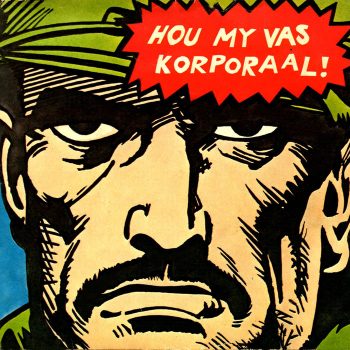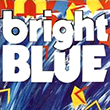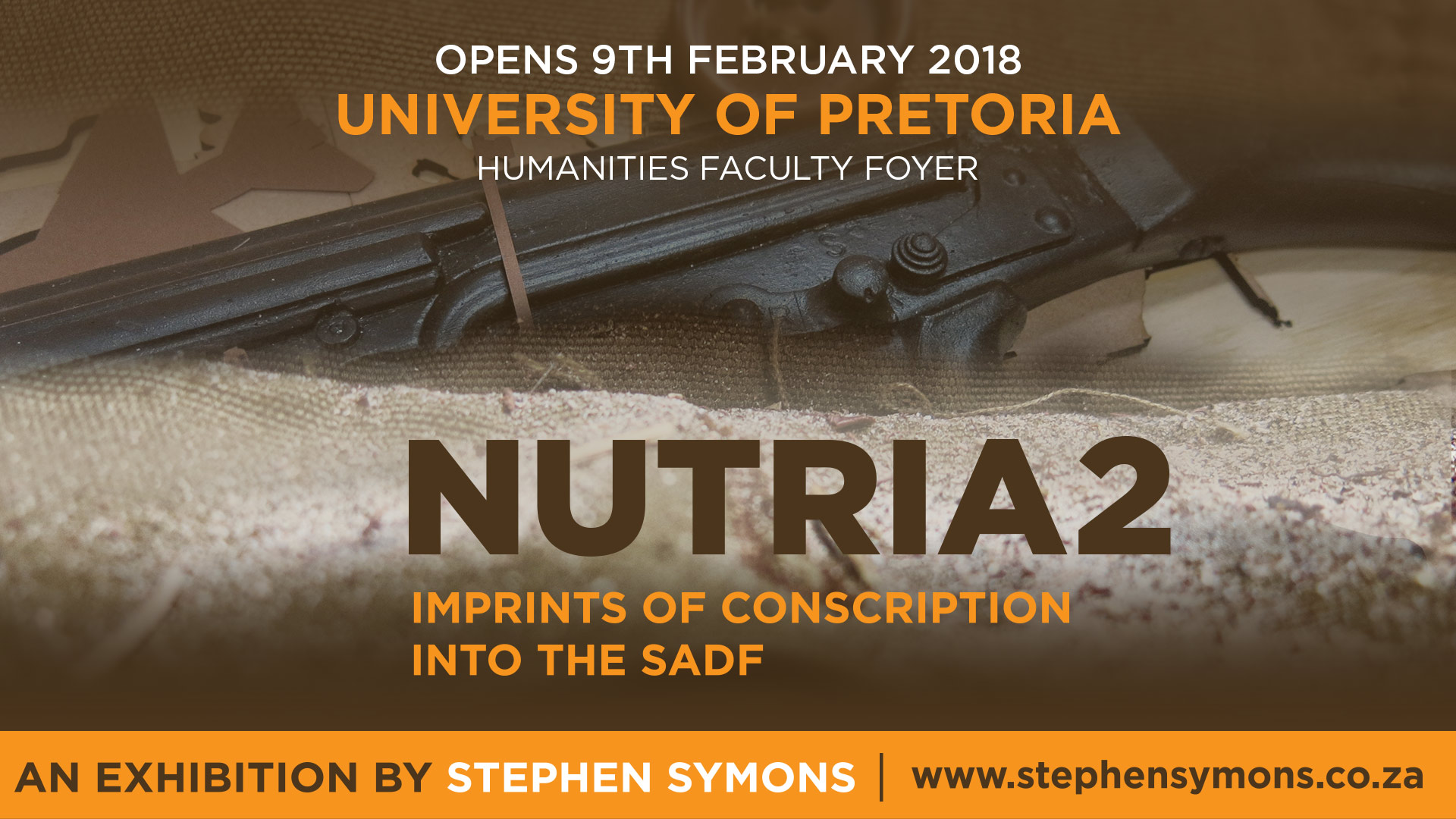


EXHIBITION OVERVIEW
The exhibition NUTRIA 2 – Imprints of Conscription into the SADF seeks to interrogate the manner in which memories of the conscription of white males into the former South African Defence Force (SADF) enter a contested present. South African society was gradually intruded upon and militarised by the Nationalist government, reaching its apogee in the mid-1980s. This involved a nuanced and complex ideological architecture in order to preserve the status quo of white minority rule. These largely silenced ‘militarised journeys’ began in childhood and have entered a contested present often imbued with a sense of nostalgia and romanticism. The post-post apartheid space and its dominant political discourses have prompted memories of conscription to assume the guise of counter-memory. American sociologist, George Lipsitz’s concept of counter-memory describes how memories unearth the past, exposing ‘hidden histories’ that have been excluded from dominant narratives (Lipsitz 1990).
Unless these memories of a militarised past are addressed with honesty and humanity we are doomed to separate futures that essentially ignore the ‘lived realities’ of others. Decades later ex-conscripts continue to grapple with lingering issues of accountability, compliance and trauma. I believe these memories can be navigated, acknowledged and disrupted effectively within a creative sphere.
The exhibition NUTRIA presents a series of creative engagements exploring the militarised pasts of ex-SADF conscripts, in the hope of encouraging open conversations relating to the hidden and oft silenced histories of all South Africans.
Stephen Symons
February 2018

“And what were we, us white men, with God on our side, our backs to the wall and our arses on the line on the southern tip of darkest Africa. What were we?
Whatever we were, and whatever it was that we were part of, in the end it left its mark on each and every one of us. Some wear that mark with pride. Some try hide it. Some don’t even know it’s there.
The mark of Cain. The mark of having been part of a machine. Stamped on us like a serial number…”
Coetzee, G. and Barnes, H. (2009). Johnny Boskak is feeling funny, and other plays. Scottsville, South Africa: University of Kwa-Zulu Natal Press, p.88.

The mobilisation of members of the white community to uphold the system began when they were still children…many who are now seen as perpetrators viewed themselves as defenders of their nation and were at the time, showered with praises and rewards for achieving their goals (TRC, 1998a: 167).
Truth and Reconciliation Commission(TRC) (1998a) Volume 5: Truth and Reconciliation Commission of South Africa Report (Cape Town: Juta & Co).
White male citizens were liable for military service at the age of 17 and remained liable until 55. There were two intakes annually in February and August. Conscripts were then allocated to various bases and installations, with their first ten to twelve weeks being devoted to basic training. This was followed by specialist instruction appropriate to the conscript’s particular corps or unit.
After six to eleven months training, conscripts were posted to operational or specialist units for the remaining period of their initial service.
Once a conscript had ‘klaared out’ (af – completed), the subsequent service commitment in a Citizen Force or Commando Force unit was a maximum of 720 days over 12 years. These one to three month stints were simply referred to as ‘camps’.
0
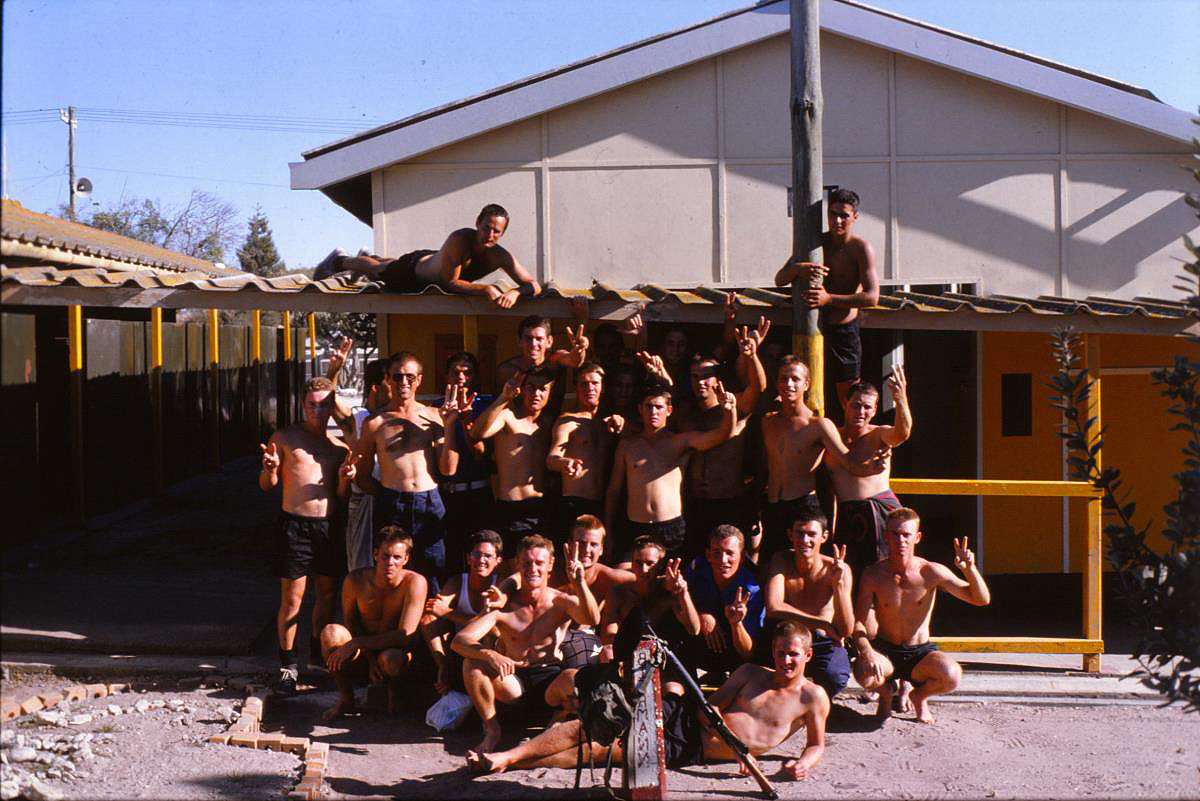
Bierman II Company, SAS Saldanha, Western Cape, February 1990: Photograph: Stephen Symons
Click on the play button to listen to the track.
‘Hou My Vas Korporaal’ from ‘Wie Is Bernoldus Niemand’. This track was released on the 2nd of February , 1985. It was produced and recorded by Lloyd Ross of Shifty Music and is used with the permission of Lloyd Ross of Shifty Music.
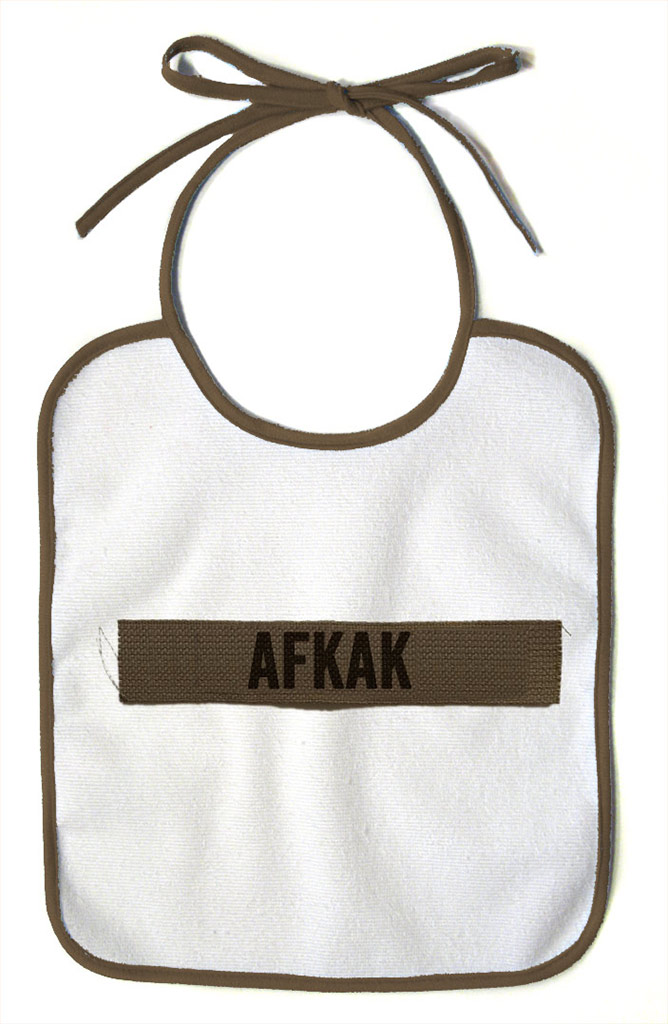
South Africa’s programme of militarisation impacted all sectors of society, and although it was primarily aimed to prepare white youths for military service, it altered the nation’s psychology, engineering a pervasive fear of others, both foreign and domestic. These fears continue to cast a long shadow of division that extends into the present.
Afkak, printed fabric, 2017
CONTACT US FOR FURTHER INFO
University of Pretoria
Website: http://www.up.ac.za
Address: University of Pretoria, Foyer, Humanities Building, Lynnwood Rd, Hatfield, Pretoria, 0132, South Africa
GPS Co-ordinates: -25.75538, 28.23077


Stephen Symons "Blerrie Kommunis", 2017, Digital print, 79.7 cm × 59.8 cm (31 in × 23 ½ in)


Stephen Symons "Conscript portraits", 2017, Digital print, 79.7 cm × 59.8 cm (31 in × 23 ½ in)
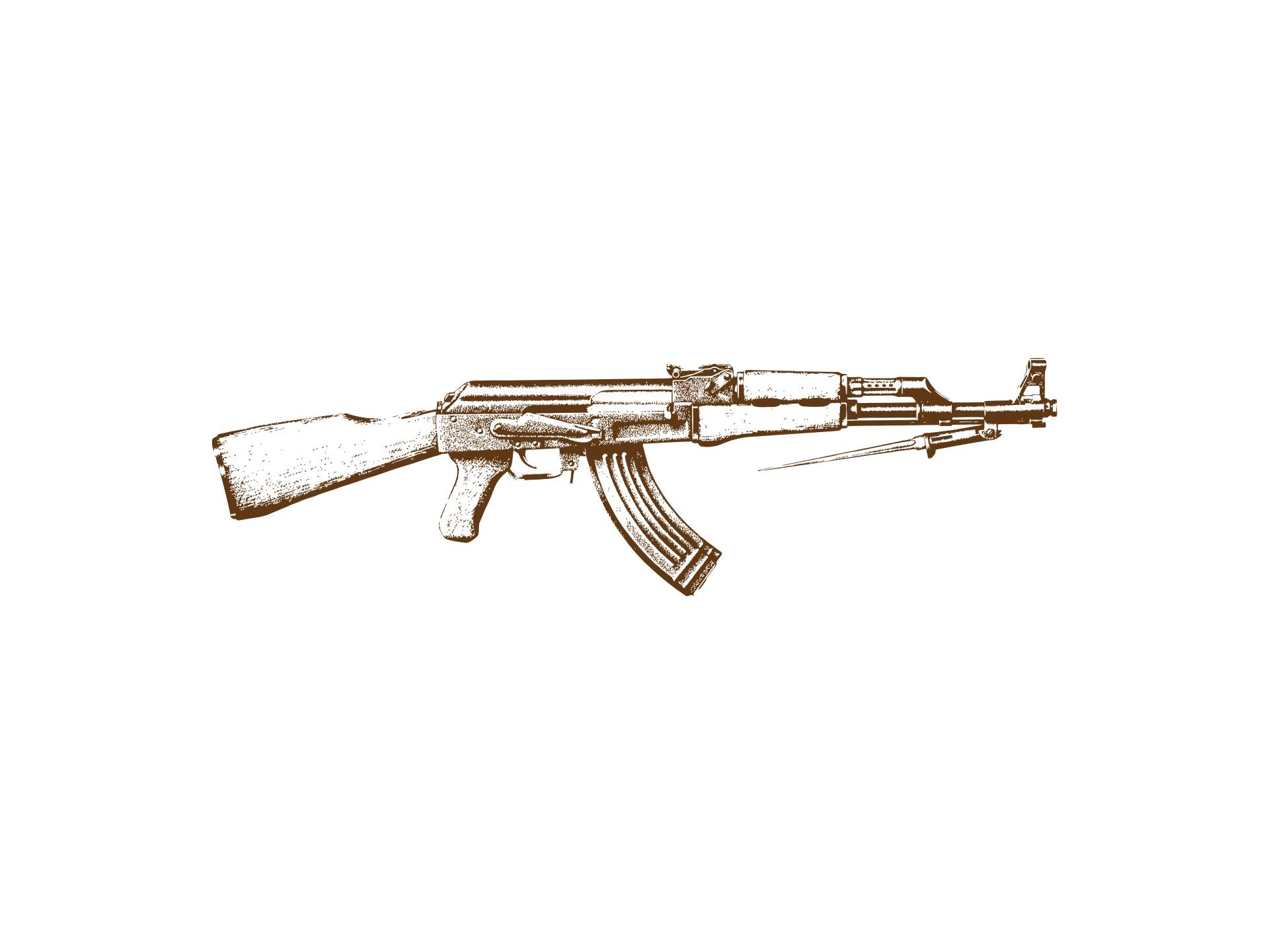

Stephen Symons, "Rooi Gevaar", 2017, Digital print, 79.7 cm × 59.8 cm (31 in × 23 ½ in)
© 2025 NUTRIA
